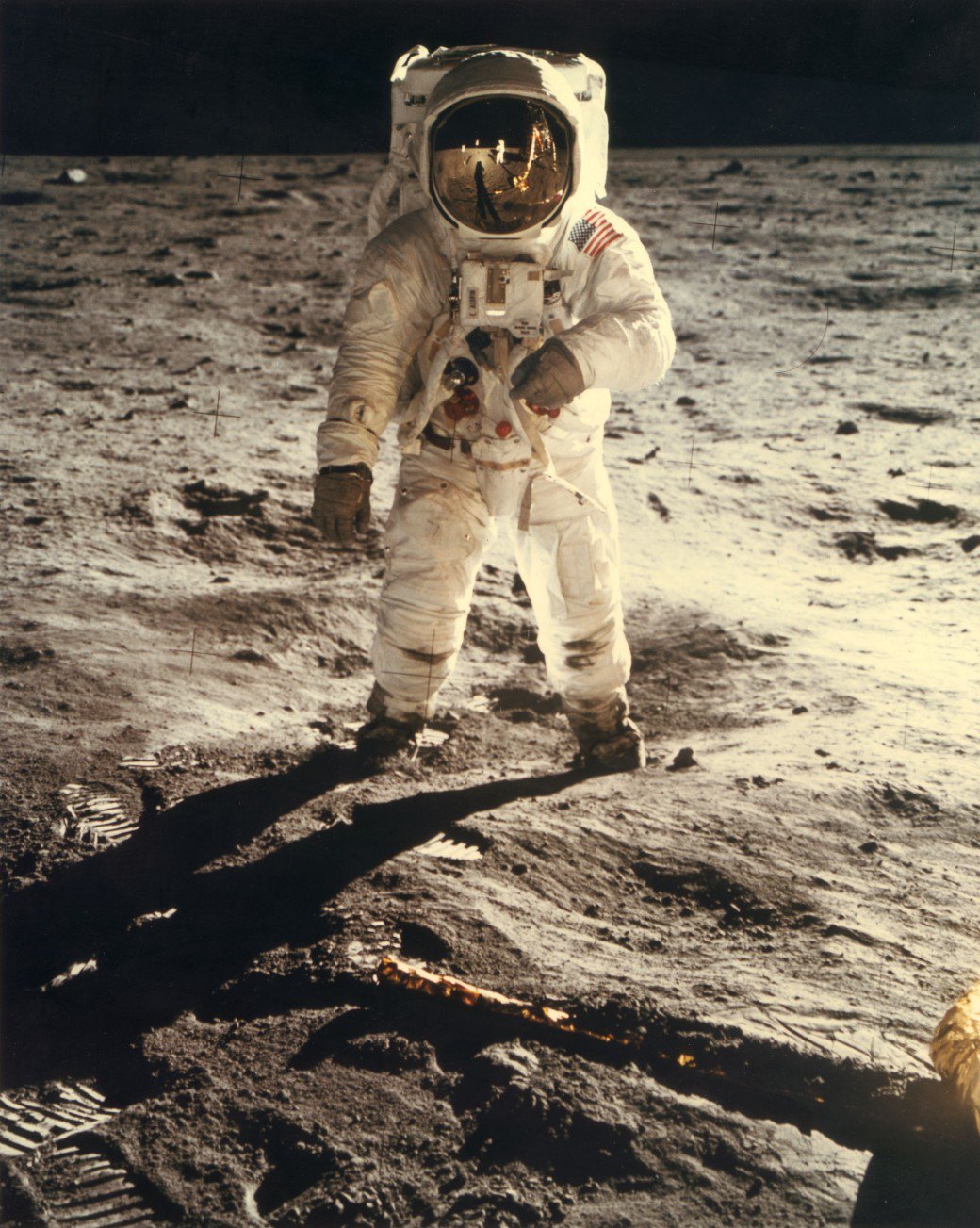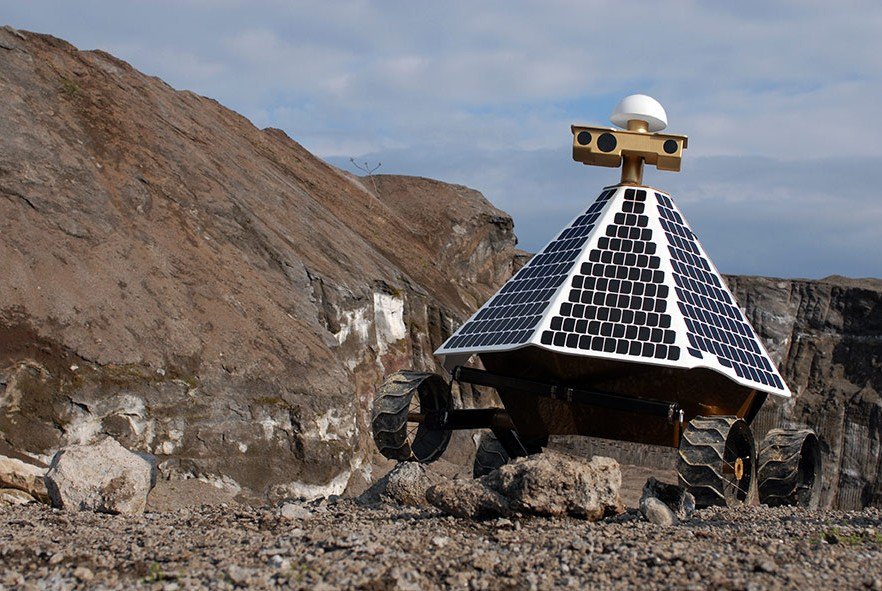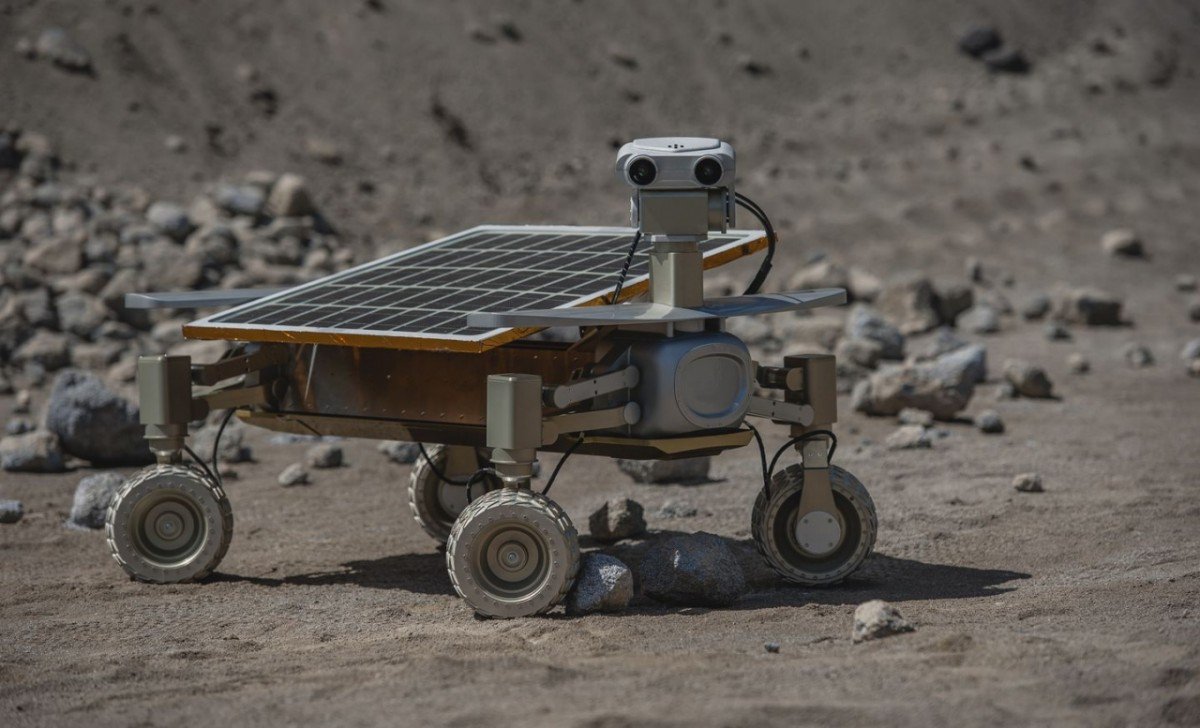The $20 million Lunar X Prize was supposed to send startups into space. The cost turned out to be far higher than the reward—but the competitors were never really in it for the trophy.

Rovers owned by private citizens should be playing lunar golf by now. Instead, the moon sits quiet as the deadline for the Google Lunar X Prize quietly passed.
Over 10 years ago, Google and X Prize offered a $20 million prize for the first nongovernmental organization to complete a lunar mission as it defined one. After multiple extensions of the deadline from the original date in 2012, the competition was officially killed in January when it became clear no private company would make it to the moon by the final deadline: March 31, 2018.
The prize required a private team to successfully perform three tasks to claim the cash and glory:
- Successfully place a spacecraft on the surface of the moon
- Travel 500 meters on the moon’s surface
- Transmit high-definition videos and images back to Earth
Since the contest was launched on September 13, 2007, only three vehicles have successfully hit the moon. They were all government funded, and only one, Chang’e 3, launched by China in 2013, even had the ability to rove on the moon’s surface.
From our partners:
People landed on the moon in 1969, so we have proof that it’s an attainable goal. Why can’t we easily repeat our success from 49 years ago with today’s advanced technology?
In short: resources. When the US made its first moon landing, NASA had taken the fastest route possible to get there. The priority was beating Russia, not building a clear path for future trips. “Instead of logical steps to build a sustainable model for continual access and operations on the moon, it was more of a leap to the surface of the moon,” says Blair DeWitt, CEO of Lunar Station Corporation (LSC), a moon data startup in Cambridge, Massachusetts. “This abnormal market structure removed the means to build the supply chain needed to support continual transportation of equipment, materials, and people to the moon.”
Now that same structure has to be rebuilt without the fervor of the Cold War pushing us forward. The motivation to go to the moon must come from a drive to explore, not to win.
Even though the costs of accessing space are decreasing, getting to the moon is not cheap. In today’s dollars, the Saturn V rocket used in the Apollo program would cost about $1.16 billion. (Nothing lights money on fire quite like putting it into a rocket engine.) It’s difficult to convince a government to quickly put that much—or more—into a rocket of equivalent or greater power.

XPRIZE FOUNDATION
Right now, we just don’t have rockets with the firepower to match the Saturn V, making cargo-heavy moon trips a challenge. SpaceX’s powerful Falcon Heavy rocket—which recently had a successful test flight—shows promise for future moon trips at a comparative bargain of $90 million, but it still packs only two-thirds the 7.5-million-pound thrust of the Saturn V. Although SpaceX founder Elon Musk previously claimed his company would send tourists around the moon by this year, those plans appear to have been shelved. NASA is also still working on its powerful Space Launch System (SLS), which should beat the Saturn V handily in thrust. With development costs in the billions, it is going to be one expensive vehicle when it’s done, and the earliest test launch appears to be years off.
So things have been building, but slowly. Meanwhile, the Lunar X Prize can take a piece of the credit for the growth of private interest in lunar travel. Many space startups were formed in conjunction with the competition, and some still plan to make the lunar journey. The competition set the stage for a number of potential private moon landings in the next five years, drew attention to private space travel, and prompted an influx of space startups raising money.
Indeed, though no one met the deadline, the competition had evolved into more than an attempt to with the $20 million prize. That was actually relatively little money: to have any chance at winning, teams found, they needed much more. At this point, more than $300 million has been raised by the competing teams. “The reality was it’s a lot of money to go to the moon,” says Chanda Gonzales-Mowrer, senior director of the Google Lunar X Prize. “When we launched in 2007, we were under the assumption launch contracts would be lower than what they were.”
So teams had to get creative. Some, like Moon Express and Team Indus, established contracts and ties with national space programs in the US and India, respectively. SpaceIL and others turned to VC funding. Corporate relationships were also key—some more unique than others. “We designed an unprecedented partnership opportunity for companies—specifically for companies not traditionally involved in space—to obtain value even before launch,” says ispace’s founder and CEO, Takeshi Hakamada. He is referring to the race-car-like advertising options the company is offering on its spacecraft, as well as a potential service that would project ads on the lunar lander’s surface.
All of this has helped build concrete businesses that will outlive the competition. Many of the competitors—including Astrobotic, SpaceIL, and Moon Express—do have planned launches, even if they are still a few years out. Their business goals range from Moon Express’s mission of harvesting lunar resources to Astrobotic’s aim of becoming a cargo delivery service. The fact that the teams have so many different reasons for going “shows why [private] lunar exploration is going to succeed,” says Gonzales-Mowrer. Astrobotic, the only team to win all of an interim series of prizes offered for reaching certain milestones, already has 11 confirmed customers for its first planned launch in 2020, with over a hundred in the pipeline.
Beyond financial and technical challenges, public perception has been a constant challenge for private space companies. “If you go walk down the street and say you are building a company to fly payloads to the moon, you might get a wry look. People of the world have to take a leap of faith that you can build a business on the moon,” says John Thornton, CEO of Astrobotic. “All the previous activities on the moon have been funded by superpowers. What’s to say a private company can land there and make money?”

XPRIZE FOUNDATION
Musk hasn’t helped the plight of space entrepreneurs who are trying to assert their profit potential. He recently tweeted, “Creating a rocket company has to be one of the dumbest and hardest ways to ‘make money’. If it was about money, I’d just do another Internet company.”
Thornton says the best recipe for overcoming public doubt is time, buy-in from other partners and investors, and incremental technological progress toward the goal. And it appears investors are starting to bite. According to CB Insights, 2016 saw a record-setting $2.8 billion in VC funding for space startups. Just last week, Los Angeles–based Relativity Space, a company focused on 3-D-printing rocket engines, closed a $35 million funding round.
In effect, although no one met the deadline, the Lunar X Prize still achieved a large piece of its goal. It awarded $5.25 million in the smaller milestone prizes, helped put private moon-landing companies on the map, and made the goal of reaching the lunar surface feel like something you might not have to be a global superpower to achieve.
And the businesses formed around the X Prize are just a piece of the new lunar picture. Beyond these landing and rover companies, governments and other entities are building up the lunar supply chain the US failed to put together back in the 1960s. Companies like Relativity Space are developing 3-D printers to print launch vehicles, while LSC is focusing on acquiring lunar data and providing it to other space companies. LSC has already started offering MoonHacker, which delivers lunar weather predictions. It plans to expand its data offerings with a series of satellites orbiting Earth and the moon. “Lunar market segments and their respective niche players working on their unique offerings are growing a budding ecosystem that will establish and maintain the necessary supply chain for many missions to the moon next year and for the future,” says LSC CEO DeWitt.
For the governments involved in the lunar supply chain, long-term goals tend to be greater than just stepping on the moon and repeating a mission accomplished more than a generation ago. The real target journey is another giant leap for mankind. Ambitious governments are eyeing the Mars, and the moon looks like mighty fine testing ground for that journey. “We are recognizing the moon as a resource, a stepping-stone, and as an asset,” says Thornton. “We are beginning to think of it as a resource, not just a destination unto itself.”
President Donald Trump announced his support at the end of 2017 for sending astronauts to the moon and eventually Mars. His 2019 budget proposal included support for that as well. Not far behind, Vladimir Putin voiced his intention for Russians to travel to the moon and Mars. China, India, Russia, Japan, and the European Space Agency are all working on moon projects, some of them well under way. India and China will be launching rover missions this year, and China will be launching a sample return mission in 2019.
Ultimately, the stage has been set for a future of government and private collaboration on space travel. Thanks to a combination of private and public business motivations, scientific curiosity, and the desire to explore, the moon that we touched so briefly may be in reach once again. But this time, we will be making a permanent bond. “These next couple of years are going to be very exciting,” says Dewitt. He expects “dozens of organizations executing their surface missions and bringing back new understandings and fueling the next wave of missions to the surface—thus starting the cycle of sustainable operations on the moon for the benefit of all of us.”
This feature is written by Erin Winick & originally appeared in MIT Technology Review.

















